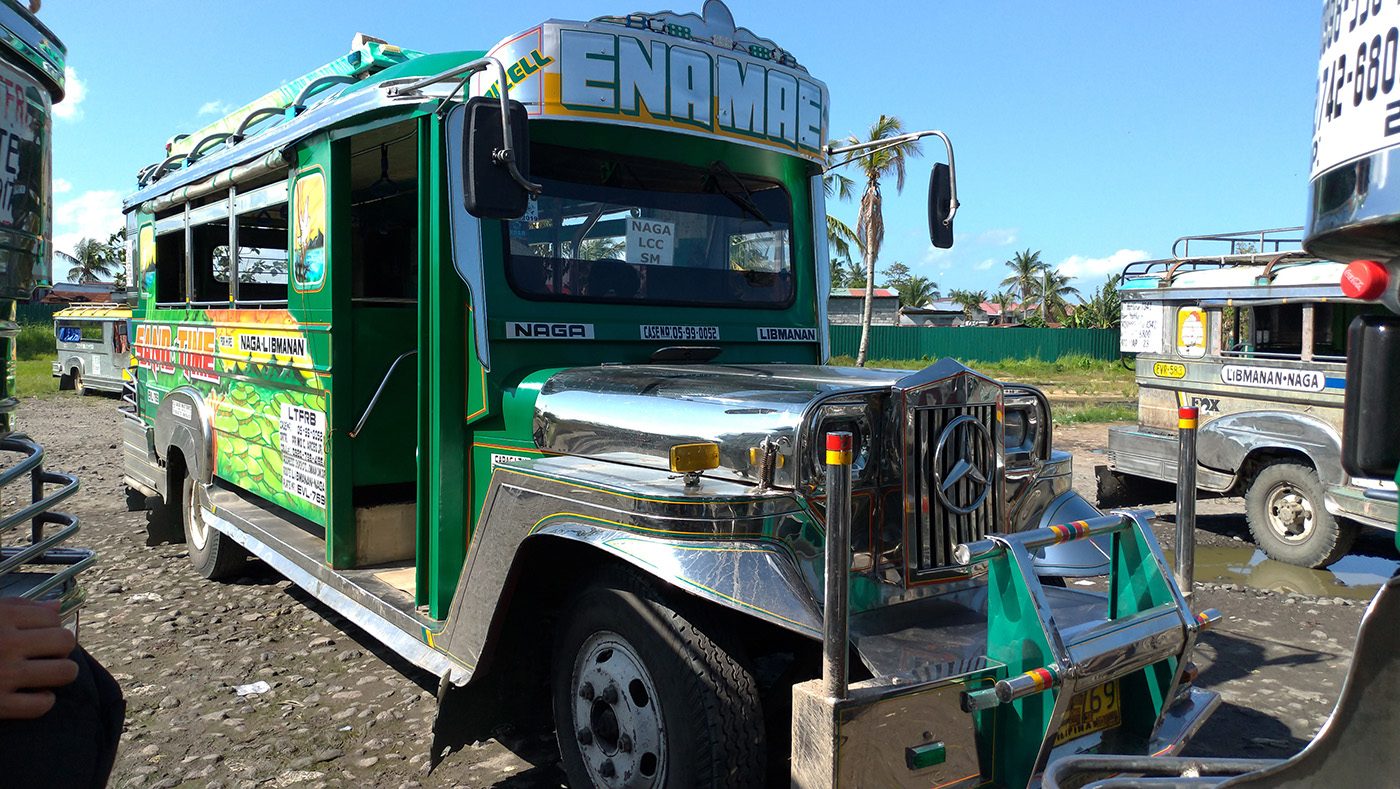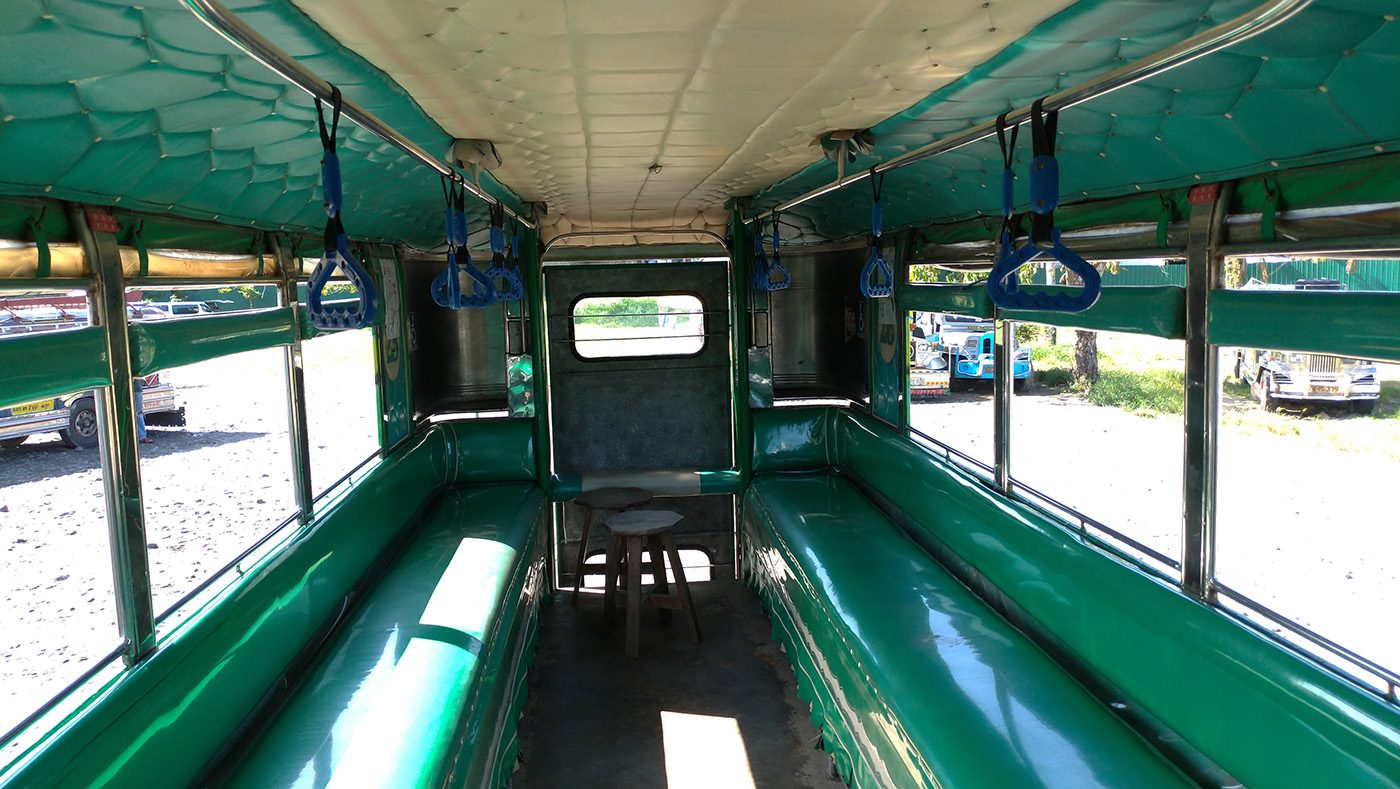SUMMARY
This is AI generated summarization, which may have errors. For context, always refer to the full article.

ALBAY, Philippines – Transport groups opposed to the administration’s proposed public utility vehicle (PUV) modernization program have suggested jeepney rehabilitation as a viable option not only for drivers and operators, but commuters as well.
In a town in Camarines Sur, a jeepney cooperative is making the case for this call to prove that this is the just transition everyone deserves.
Just transition is a concept that provides a framework for discussions on shifting to an economy that is not only sustainable but also fair for those to be most affected by the change – the drivers, operators, and commuters. (READ: ‘Hodge-podge planning: How DOTr mismanages PUV modernization program, according to senators)
“We want the government to know that it is what small operators are capable of (paying for) and it is also good enough and safe for the passengers,” said Libmanan Transport Service Cooperative (LIBTRASCO) president Marino Traballo.
The rehabilitated jeepney costs P400,000 to P500,000. This is at least a third of the cost of the modernized version pegged at P1.4 million to P1.6 million, and can even reach up to P2.1 million per unit, if payable in 7 years at an interest rate of 6% per annum.
‘Affordable, road-worthy’
The rehabilitated jeepney looks like the conventional jeepney but with a side door, higher ceiling, bigger windows, and WiFi – all government-specified features of the modernized jeepney. Stabilizers are also added due to the change in height.
But the main point of contention is the jeepney’s engine, as old engines are heavily reliant on diesel and exacerbate air pollution with black emissions. LIBTRASCO member Andy Bazar said, however, that the engine for the rehabilitated jeep passed the standards of the Land Transportation Franchising and Regulatory Board (LTFRB).
Transport leaders have taken notice of the rehabilitated jeepney. In September, National PISTON president George San Mateo lauded it in a Facebook video, where he featured the jeepney model.
“This is how our jeepney operators are hard at work to make their vehicles road-worthy at a price they and the commuters can afford,” Mateo said.

He also urged the government to consider this option since it will help boost the country’s jeepney manufacturing industry and provide more jobs, compared to importing new fleets with engines that can’t be found locally.
If they have to use the Euro 4 engine for their rehabilitated jeepney, it would still be more practical than the modernized jeepney which Bazar said doesn’t look like a jeepney at all. (LOOK: Could this PUV be the new ‘King of the Road’?)
However, the LIBTRASCO members are concerned about how the Euro 4 engine will fare in their route.
Viable alternative
A 2018 research study of two accountancy students at Bicol University found LIBTRASCO’s rehabilitated jeepney to “a viable and sensible alternative to the modernized jeepney in terms of design, features, and cost.” The study focused on capital budgeting techniques through cash and loans.
According to the study, the option would be profitable because the capital can be recovered earlier than the specified time or within a year, but loans would require a larger investment requirement, longer payback period, and thus a lower rate of return.
The study recommended the use of existing personal funds to recover the initial costs as soon as possible and to gain more earnings expected from the investment.
Driver-operators will enjoy the biggest profit because their annual returns would exceed the investment. This makes them ideal candidates to pioneer the rehabilitation program, according to the study.
Jeepney drivers can benefit from loans offered by banks to credible cooperatives like LIBTRASCO. For the drivers to own a jeepney under this scheme, they have to pay a P300-boundary fee every day for 6 years to the Philippine National Bank.
“That is better compared to the program of the government in which we have to pay for P800 daily, without default,” said Traballo.
Consolidating franchises
An officer of Ranatsco, another jeepney cooperative in Ragay, Camarines Sur, asked: “Who doesn’t want a new vehicle? It’s comfortable for both drivers and commuters.” The steep price tag of a new vehicle, however, was the problem.
Alberto Sy is Ranatsco’s vice president. Their group is consolidating their franchises into one for a Class 3 unit, which he knew was not enough for 16 of them to make ends meet on a daily basis. “We would look for another business or job then,” he said.
If funds for skills training for those directly impacted by the PUVMP would be included in the 2020 national budget, the likes of Sy would have a smoother transition.
Sy is used to having side jobs like driving SUVs for private trips to Manila because he can only have a round trip from Ragay, which is 35 kilometers from Naga, and vice versa.
“Ranatsco does have small investments in stores like auto supplies and gasoline providers, where their money grow and they let their driver borrow tires payable in 3 months,” he said.
He’s also aware that using a modernized jeepney would increase the fare from Ragay.
While there are aspects of jeepney rehabilitation as an alternative to the PUV modernization program that need polishing, it’s clear that the proposed alternative can address threats posed by the program on small operators and single operators, and concerns over the institutionalization of a monopoly on the mode of transportation. – Rappler.com
This article was published through the support of the Rosa Luxemburg Foundation and Climate Tracker’s Climate Journalism Fellowship.
Add a comment
How does this make you feel?
There are no comments yet. Add your comment to start the conversation.